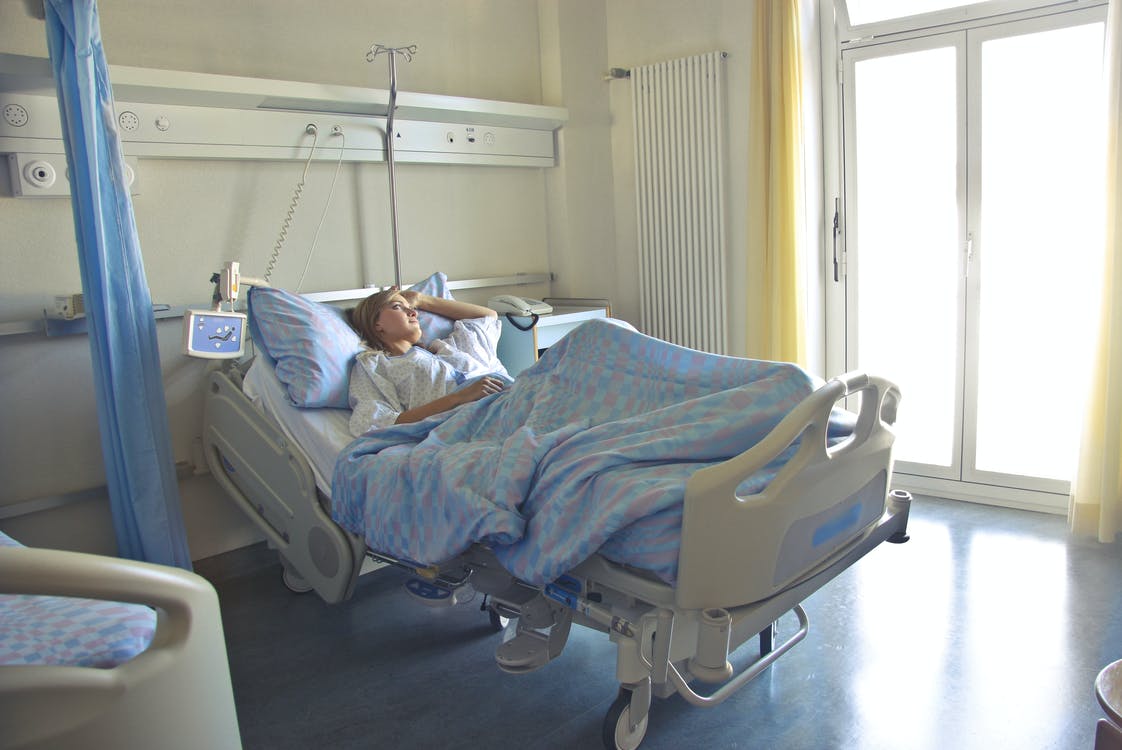Let’s get straight to the point and say that critical illness is not cheap. If low- and moderate-risk diseases already prove to be a big challenge financially, more so is the cost for high-risk diseases with medical expenses almost tenfold that of other diseases. Despite the cost, most of us will still pursue these expensive treatments even if they only translate into a small chance of full recovery.
The scary thing about critical illnesses is their unpredictability. They can strike no matter what stage you are in life, so it’s essential that you make the necessary preparations in order to not be caught off-guard if or when someone in your family becomes critically ill.
To help you get an idea of how expensive it is to get sick, in this article we’ll list down some of the costs of common critical illnesses in the Philippines. We’ll also talk about some programs that you can avail of to help prepare for financing treatments for critical illnesses.
What are the costs of critical illness?
Suffering from a critical illness is expensive because of the high cost of diagnosis and treatment, plus the cost of prolonged hospitalization from the room and board and professional fees. Depending on the severity of the condition, medical bills can easily reach hundreds of thousands to millions of pesos.
Here are some estimates to some of the common critical illnesses in the Philippines:
- Lung cancer – Php 2.78 million
- Stroke – Php 1.8 million
- Acute heart attack – Php 980,000
- Cervical cancer – Php 580,000
- Breast cancer – Php 440,000
These costs only mirror the medical expenses of critical illness, as there are a lot of indirect costs as well. There is the cost of caregiving, transportation to medical facilities, preparation of special food, legal services, mental health services, and so much more. Not to mention the loss of income due to fewer work hours (or worse, job loss).
Indirect costs are often unaccounted for but are equally problematic as medical costs, and they greatly compound the already staggering medical bill. All in all, the financial burden of critical illness is truly devastating. And without any level of preparation, it will be hard to bounce back and survive such a challenge if and when it comes.
How do you prepare for it?
It must be mentioned early on that prevention is always better than cure, so a healthy and active lifestyle must be prioritized to keep the body strong and reduce the chances of acquiring a critical illness.
But sometimes, even the strongest of us may suddenly get diagnosed with a terminal condition. And because of the heavy financial burden they bring, seeking treatments for such critical illnesses can dry up your savings and drive you to debt, especially if you’re caught unprepared.
Fortunately, there are some programs that you can subscribe to to financially prepare your family in case tragedy comes.
PhilHealth Benefits
Membership to PhilHealth provides you with sizable subsidies for different inpatient services that you may need during treatment. You can also apply for the Z Benefits Package for those suffering from diseases that are considered medically and financially taxing, like cervical cancer and kidney disease.
However, the Z Benefits Package is only offered for a few specific diseases. It is also limited to around 23 partner hospitals nationwide, leaving you with little to no freedom or flexibility.
You may also want to read: Government Benefits: SSS, Pag-IBIG, & PhilHealth
Health Maintenance Organization (HMO)
Aside from contributing to your PhilHealth insurance, your employer may also partner with a health maintenance organization (HMO) to offer additional health insurance. An HMO is a private insurance provider that works with a network of doctors to connect subscribers to the medical aid provided by those within its network. Some renowned HMOs include MediCard, MaxiCare, and Fortune Care.
HMOs require lower, more affordable premiums compared to a critical illness insurance program, but the coverage they offer is limited only to the specific medical providers within their network.
Critical Illness Insurance/Life Insurance
The most comprehensive healthcare insurances are specific programs from private life insurance companies. These private health insurance programs connect you to a much larger network of medical providers and have a more comprehensive medical coverage. Examples of life insurance companies are Sun Life Financial and Manulife.
Because of the better coverage and higher compensation, premiums for critical illness insurance or life insurance are steeper and, unless offered by your employer, are fully paid by you.
Nobody hopes to suffer from a critical illness, but preparing for the worst is always better than being caught off-guard by the financial burdens of treatment. Think about what medical coverage you wish to have, and start preparing today.
